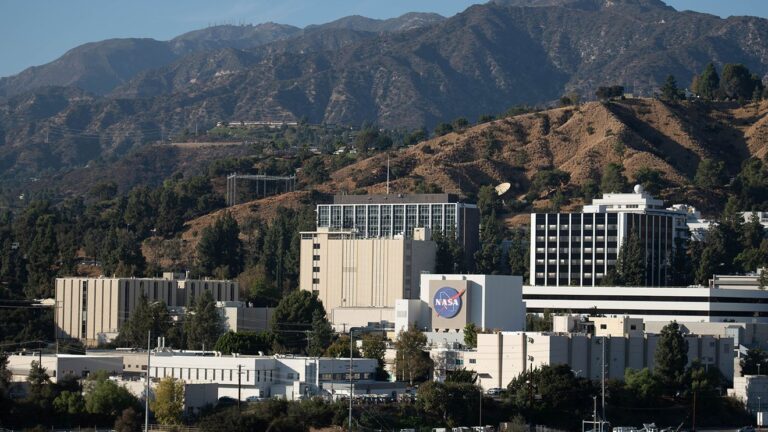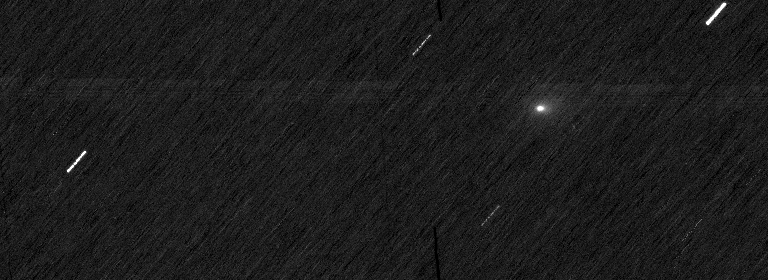Key Takeaways:
The data refers to a particle called the B-bar meson that decays into a D meson, an antineutrino, and a tau lepton. This particular decay of a B meson should, theoretically, only happen in one in every 100 cases, but the new results from BaBar show it is happening too often. While the level of certainty of the difference, or excess, is not enough to claim a break from the standard model, the results are a potential sign of something amiss and are likely to impact existing theories.
“The excess over the standard model prediction is exciting,” said Michael Roney from the University of Victoria in Canada. “The results are significantly more sensitive than previously published studies of these decays. But before we can claim an actual discovery, other experiments have to replicate it and rule out the possibility this isn’t just an unlikely statistical fluctuation.”
“This result is very interesting, and, if confirmed, could be a sign of physics beyond the standard model,” said Adrian Bevan from Queen Mary, University of London.
“Our current theory about the fundamental forces of the universe, which has been around for nearly 40 years, is beginning to show signs of failure,” said Fergus Wilson from STFC’s Rutherford Appleton Laboratory. “Just as exciting, our new measurement indicates that any replacement theory will need to be more exotic and complex than we could have hoped or imagined. Although we must not jump to conclusions based on just one measurement, this new result is one of the most compelling yet. It follows on from previous indications recently reported by us, all of which point in the same direction.”
The BaBar experiment, which collected data from 1999 to 2008, was designed to explore various mysteries of particle physics, including why the universe contains matter but no antimatter. Data from the collaboration, which includes 75 institutions from Canada, France, Germany, Italy, Norway, Russia, Spain, the United Kingdom, and the U.S., helped confirm a matter-antimatter theory for which two researchers won the 2008 Nobel Prize in physics. At its peak, some 90 British particle physicists and engineers from 11 institutions took part in the experiment.
Researchers continue to apply BaBar data to a variety of questions in particle physics. “This result will help guide teams of researchers looking for potentially related new physics effects at the Large Hadron Collider and at other particle physics labs around the world,” said Bevan.
“If the excess decays shown are confirmed, it will be exciting to figure out what is causing it,” said Abner Soffer from Tel Aviv University in Israel. “Other theories involving new physics are waiting in the wings, but the BaBar results already rule out one important model called the Two Higgs Doublet Model. We hope our results will stimulate theoretical discussion about just what the data are telling us about new physics.”
The researchers also hope their colleagues in the Belle collaboration, which studies the same types of particle collisions, see something similar. “If they do, the combined significance could be compelling enough to suggest how we can finally move beyond the standard model,” said Roney.










